What is a Flange Gasket
What is a Flange Gasket?
Gaskets are used to create and sustain static seal between two flanges at varied load acting on gasket. A gasket fills the microscopic spaces and small irregularities of the flange faces to keep liquids and gases inside the system.
The gasket material selected must be capable of sealing mating surfaces, resistant to the medium being sealed, and able to with stand the application temperature & pressures. Correct installation of damage-free gaskets and damage-free flange faces is a requirement for a leak-free flange connection.
A gasket must be capable of overcoming minor alignment and flange imperfections, such as:
- Non-parallel flanges
- Distortion troughs / grooves
- Surface waviness
- Surface scorings
- Other surface imperfections
Types of gaskets
Gaskets can be broadly divided into three main categories:
- NON-METALLIC TYPES
- SEMI-METALLIC TYPES
- METALLIC TYPES
NON-METALLIC GASKETS are usually composite sheet materials, usedfor flat-face and raised-face flanges. Non-metallic gaskets are manufactured from aramid fiber, Carbon fiber, Cellulose, Teflon (PTFE), graphite etc.
ASME B16.20 covers types, sizes, materials, dimensions, dimensional tolerances, and markings for non-metallic flat gaskets.
Typical Application:
- Generally used in low and medium temperature application.
- Suitable for Air, Gas, water, chemical, oil etc.
SEMI-METALLIC GASKETS consist of metal and non-metallic materials. The metal portions provide strength and resiliency in the gasket especially in tough condition. This also allow gasket to perform under high pressure and high temperature range. Often used semi-metallic gaskets are spiral wound and Kammprofile, and a variety of metal-reinforced gaskets.
Semi-metallic are designed for almost all operating conditions and high-temperature and pressure applications, and are used on raised face, male-and-female, and tongue-and-groove flanges.
ASME B16.20 covers materials, dimensions, dimensional tolerances, and markings for metallic and semi-metallic gaskets.
METALLIC GASKETS are fabricated from one or a combination of metals to the desired shape and size. Often used metallic gaskets are ring-type-joint gaskets (RTJ). They are always applied to special, accompanying flanges which ensure good, reliable sealing with the correct choice of profiles and material.
Ring Type Joint gaskets are designed to seal by "initial line contact" or wedging action between the mating flange and the gasket. By applying pressure on the seal interface through bolt force, the "softer" metal of the gasket flows into the microfine structure of the harder flange material, and creating a very tight and efficient seal.
ASME B16.20 covers materials, dimensions, dimensional tolerances, and markings for metallic and semi-metallic gaskets.
Often used Semi-Metallic gaskets
Here below you will find a short description of a number of semi-metallic gaskets, which are largely used.
UKL Spiral Wound gaskets
UNI KLINGER is offering a full range of spiral wound gasket. SW gasket in manufactured as per international standard such as API601, ASME B 16.47 A&B series, DIN, BS, JIS etc. All SW gasket is manufactured computer controlled winding machines , which ensure total repeatability is critical cases such as
- Winding profile
- Tension of winding
- Winding pressure
- Number of primary, secondary and tertiary winding.
- Number of weld points
- Weld penetration.
Design principle of UKL Spiral Wound Gasket :-
The basic sealing element is wound material. Typically designed wound is spirally wounded with elements of sealing to achieve mechanical strength and sealing characteristics. The selections of sealing material are based on the application like, media, pressure, temperature, pH value etc.
The sealing strips, or fillers, are usually graphite, although other materials such as Teflon (PTFE) , mica, ceramic may be used, the windings are always stainless steel. For this type of gasket to work the spiral must not be over compressed, hence one of two types of compression control is usually used.
The completed gasket is fitted into a steel ring of specific thickness. When the gasket is fitted into a flange and the bolt load is applied, flange closure is governed by the outer steel ring of the gasket. To further improve the pressure rating of the spiral wound gasket, a steel ring may be added to the inside. This gives an additional compression limiting stop and provides a heat and corrosion barrier protecting gasket windings and preventing flange erosion. It is customary to select inner ring material to be the same as the metal winding.
UKL SW gaskets are subject to compressibility and recovery test as per IS 7719. Sealability test is being conducted at ambient and elevated pressure & temperature.
Working Condition:
UKL SW gasket can withstand and maintain seal as per below condition-
- From cryogenic to +900 deg C
- From high vacuum to 400 bar.
- Thermal cycling, vibration, mechanical shock.
Benefits of using UKL SW gasket:
- Quick and simple to fit
- Do not need grooved or lapped flange face finishing.
- Will not cause corrosion.
- Will not adhere to flange.
Kammprofile gaskets consist of a metal core with concentric grooves on either side with sealing materials. The sealing layers (depending on the service duty) can be Graphite, PTFE (Teflon®), Metal (e.g. Aluminum or Silver). Kammprofile's can be used without sealing layers to provide an excellent seal but there is a risk of flange surface damage - especially at high seating loads.
The sealing layers protect the flange surfaces from damage in addition to providing an effective seal.
Advantages of UKL Kammprofile gasket:
- Seal Pressure up to 250 bar
- Suitable for temperature 1000 deg C.
- Maintain effective sealing performance.
- Easy to remove.
- Reduce maintenance cost and leakage.
UKL Metal Jacketed gaskets are specially designed and widely used for heat exchanger, autoclaves, columns, pressure vessels, flue stacks, boilers, gas mains etc services.
UKL Metal Jacketed gaskets are manufactured from soft, pliable filler core surrounded by metal jacket, chemically and thermally resistance to the working conditions, which may totally or partially enclosed fillers.
All gaskets are custom –built to provide accurate and easy assembly of pass partition bars into the tube sheet grooves. Perfect fit and sealing efficiency is ensured by UKL’s accumulated experience, design and manufacturing facilities and highly skilled craftsman.
UKL Metallic gaskets for RTJ Flanges
Ring Joint Gaskets are suitable for high pressure and high temperature applications. The RTJ Gaskets are available in R, RX, BX styles and in oval/octagonal profiles.
- R type (oval and octagonal) solid sections to fit standard ring joint flanges with trapezoidal grooves.
- Types RX and BX with complex beveled edge sections for wellhead pressures above 700 bar.
Oval and Octagonal RTJ's with the same ring size designation can be interchangeable in standard flanges with flat bottomed ring grooves.
The material hardness of the RTJ's is less than the hardness of the flanges to ensure the RTJ is deformed and not the flanges when assembled. Non-standard size RTJ's are specifically designed to be installed in flanges designed around a specific application rather than a standard flange.
TYPICAL APPLICATION
RTJ gaskets are designed to seal temperature of 800 deg C.It I used for high pressure and temperature applications in Valve and pipe-work assemblies in oil field drilling and refining applications.
HOW THEY WORK
The movement of the ring packing (RTJ) can be described as an irregular flow in the groove of the deformed sealing flange due to the axial compressive load. Colored seal (RTJ seal) has a small load area, which leads to a large surface pressure between the sealing surface and the groove, the maintenance properties are poor and not suitable for reuse.
HARDNESS OF MATERIALS
On compression of the flange assembly, it is imperative that the ring type joint be significantly softer than the flange groove so that the gasket plastically deforms and not the groove.

 Aerated Concrete Block Industry
Aerated Concrete Block Industry  Brewery Industry
Brewery Industry  Captive Cogen Industry
Captive Cogen Industry  Chemical Industry
Chemical Industry  Dairy Industry
Dairy Industry  Edible Oil Industry
Edible Oil Industry  Fertilizer Industry
Fertilizer Industry  Hotel Industry
Hotel Industry 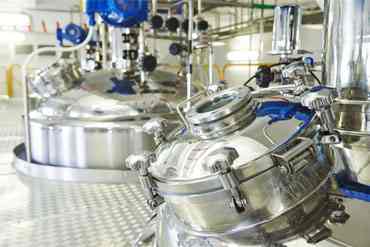 Pharma Industry
Pharma Industry 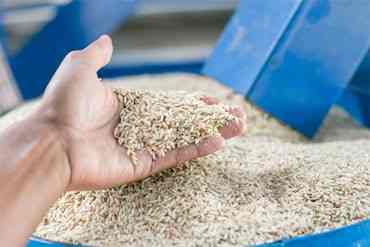 Rice Industry
Rice Industry 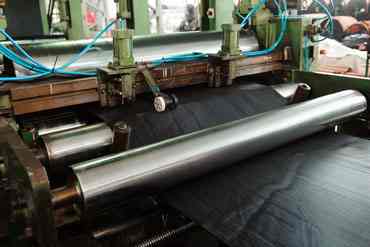 Rubber Industry
Rubber Industry 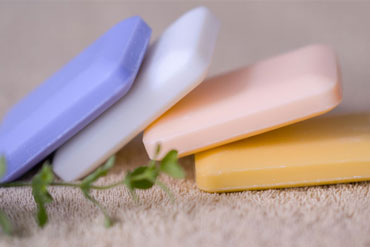 Soap Industry
Soap Industry  Sugar Industry
Sugar Industry  Textile Industry
Textile Industry 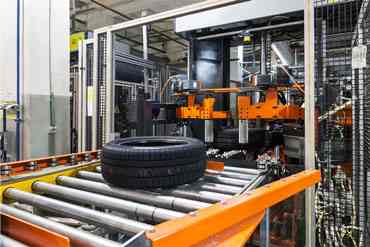 Tyre Industry
Tyre Industry